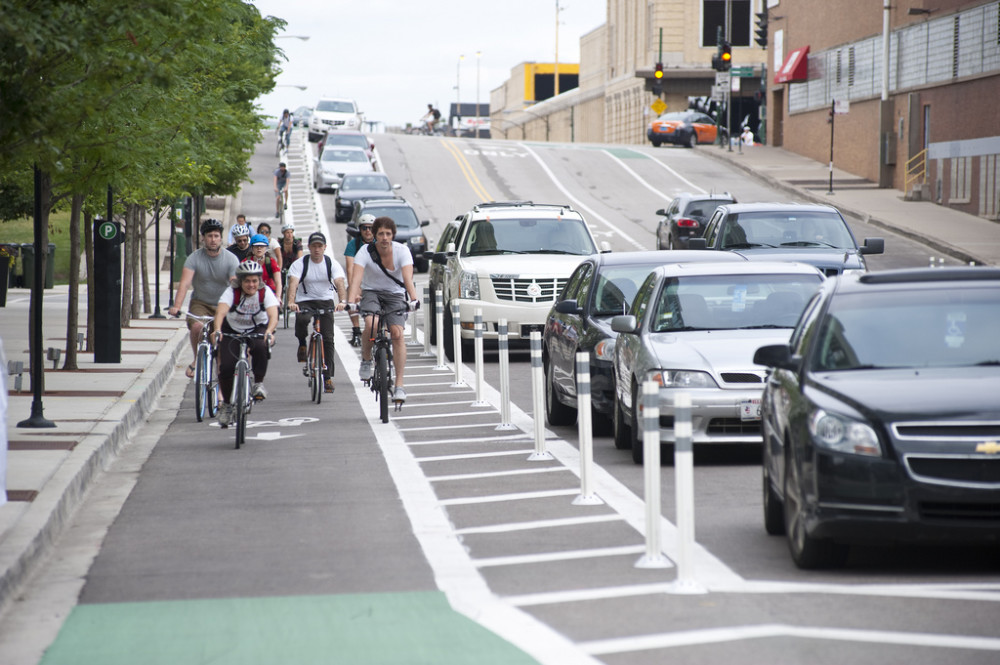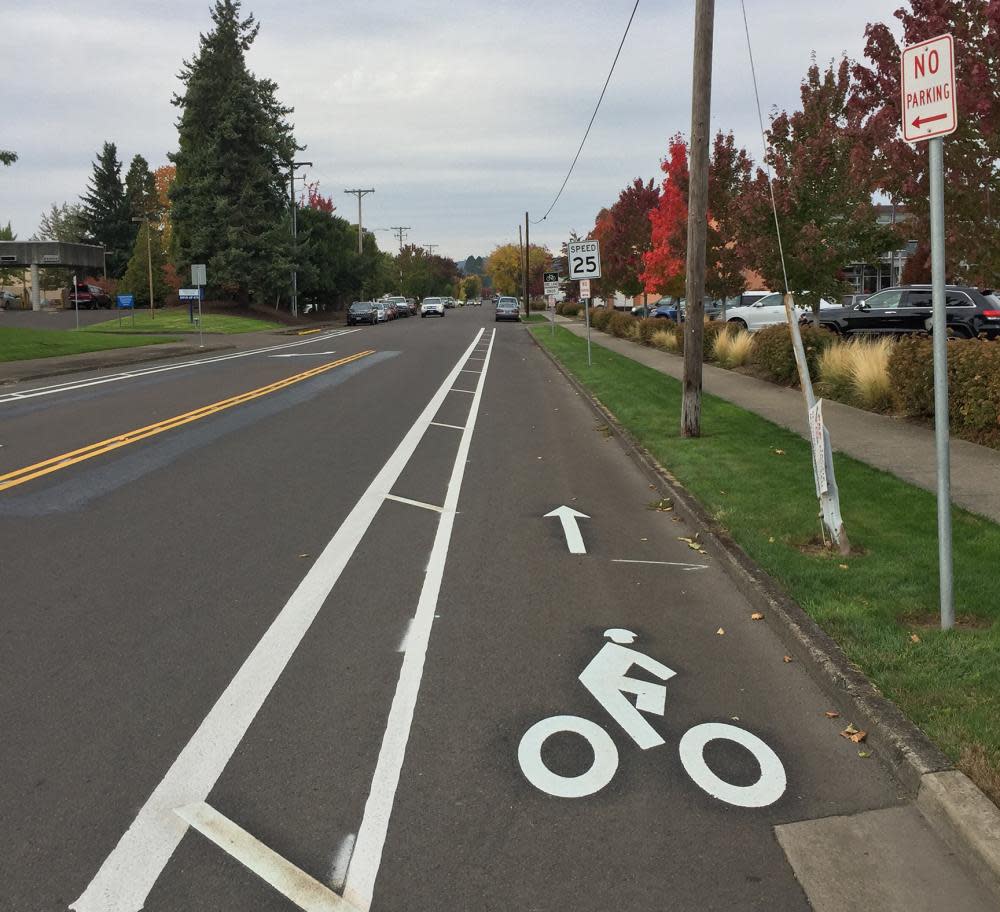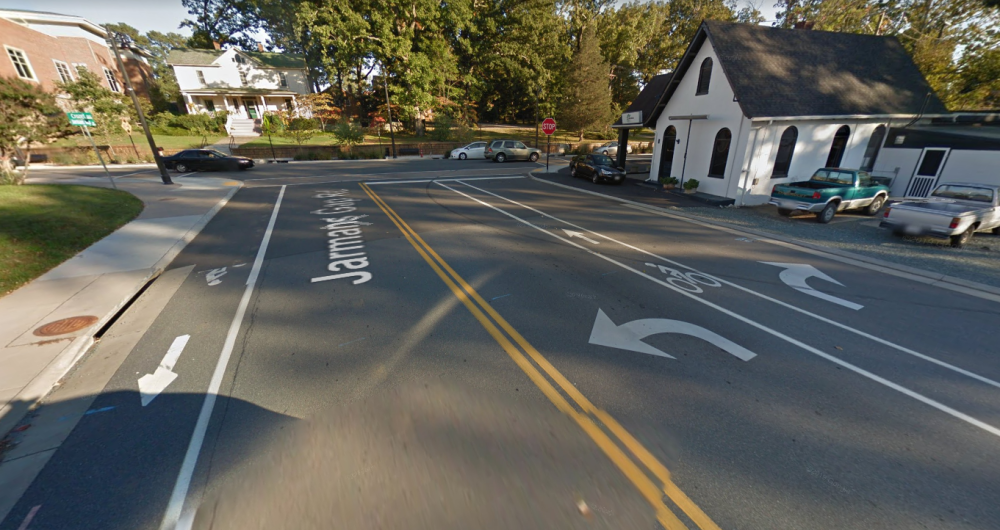Phase 2 - Connectivity: Bicycle & Pedestrian
Phase 2 - Connectivity: Bicycle & Pedestrian
Crozetians have told us about the importance of connecting Crozet's different neighborhoods and centers with safe routes for pedestrians and cyclists.
We invite you to discuss potential projects and recommendations that can address the community's goals regarding bicycle and pedestrian connectivity.
Your participation will be used to draft recommendations in the Connectivity Chapter of the Crozet Master Plan.
This questionnaire is now closed. You may click the tabs above to see individual questions and responses, or look at the document below for a snapshot of the full response set.
Glossary: Facility Types
Sidewalks: Sidewalks are at least 5-foot wide paved paths located along streets that are primarily used by people walking or running.
Trails: Trails are narrow (less than 5-feet wide) paths that are typically not paved and made of earth, mulch or stone dust. They are often located within natural or forested areas.
Shared-use paths: Shared-use paths are paved paths with a minimum width of 10-foot wide paths. They are ADA-accessible and are shared by people walking, running or riding bikes. They can offer routes not provided by the road network, provide additional recreational opportunities or serve as a direct commuter route.
Bike lanes can take multiple forms, including:
- Protected bike lanes are located within or directly adjacent to the road and exclusively for bicyclists to use. They have both a horizontal separation (such as a painted buffer) and a vertical separation or barrier. They are typically used in higher speed, higher vehicular traffic areas.
- Buffered bike lanes are horizontally separated paths, typically marked painted pavement markings. They are exclusively for bicyclists to use. They do not have a vertical separation or barrier between the bike lane and the vehicle lane.
- Non-buffered bike lanes are a portion of the road designated for bicyclists with striping, signage and pavement markings. They are one-way lanes so that bicyclists travel in the same direction as motor vehicles. They are typically used on streets with slower speeds or less motor vehicle traffic.
This is hidden text that lets us know when google translate runs.


